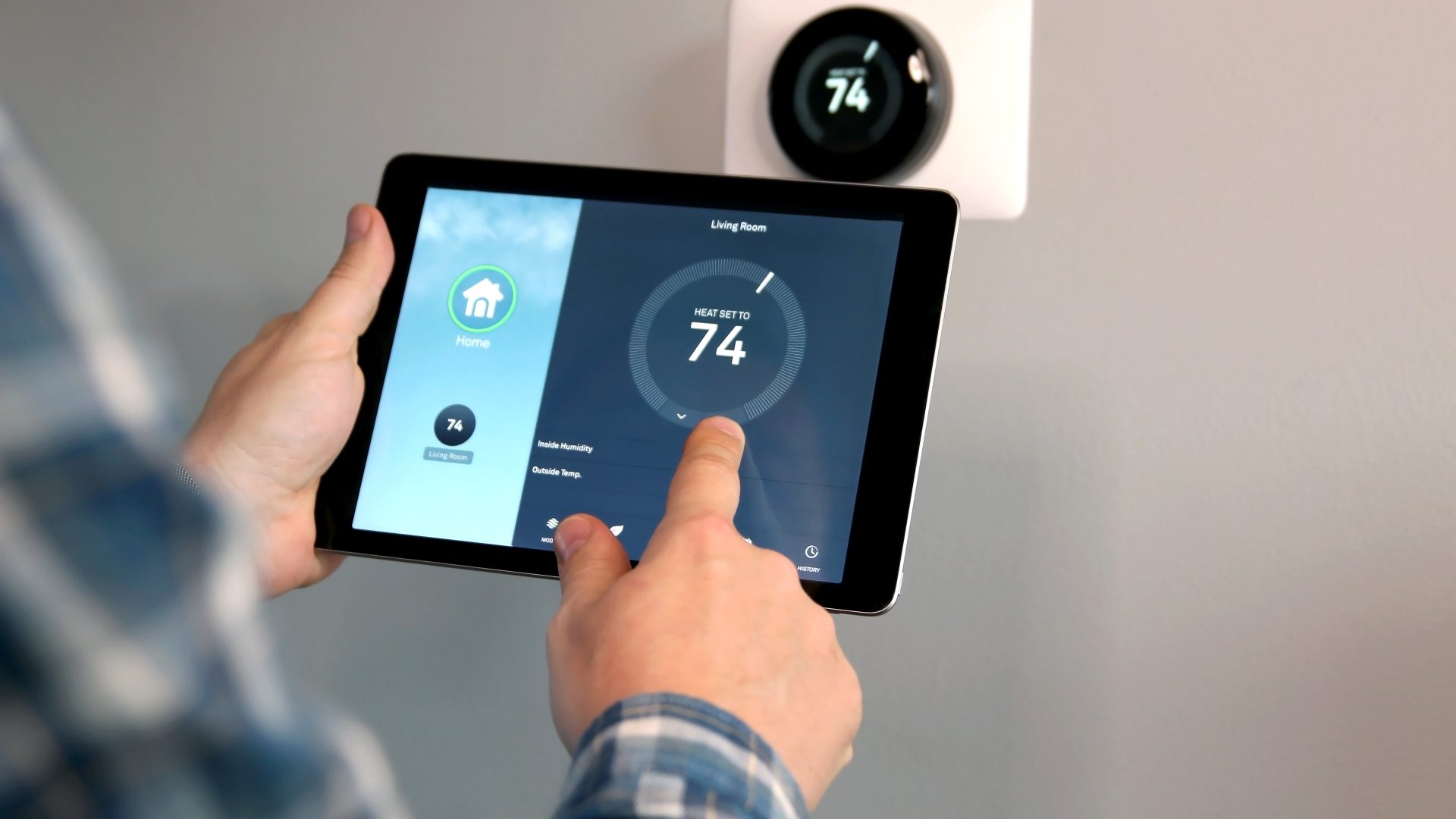Air conditioning systems are crucial for maintaining comfort in homes and businesses, especially in regions like Texas and Oklahoma, where temperatures can soar. While regular maintenance and proper usage play vital roles in the longevity of an air conditioning unit, one often overlooked factor is ventilation. Proper ventilation significantly impacts the efficiency and durability of an AC system, reducing the frequency and cost of repairs. Let’s explore how ventilation contributes to better performance and fewer breakdowns.
How Ventilation Works in AC Systems
Ventilation in HVAC systems involves the circulation of air throughout a building. It ensures that fresh air is brought in while stale air is removed. Proper airflow helps maintain consistent temperatures, improves indoor air quality, and reduces the strain on your AC unit. Poor ventilation, on the other hand, can lead to uneven cooling, excessive humidity, and system inefficiency, all of which contribute to frequent repairs.
The Impact of Poor Ventilation on AC Systems
1. Overworked Components
Inadequate ventilation forces your AC system to work harder to cool the space. Restricted airflow, often caused by clogged ducts or poorly designed ventilation systems, can strain components such as the blower motor and compressor. Over time, this added stress leads to wear and tear, increasing the likelihood of breakdowns and the need for costly repairs.
2. Uneven Cooling
Poor ventilation can result in uneven cooling throughout the building. Hot and cold spots create inconsistent temperatures, causing occupants to adjust the thermostat frequently. This constant adjustment increases the system’s workload, accelerates component wear, and reduces the unit’s overall efficiency.
3. Humidity Issues
Proper ventilation plays a critical role in managing indoor humidity levels. Without adequate airflow, humidity can accumulate, creating a damp environment that promotes mold growth and puts additional strain on your AC unit. Excess humidity can also lead to refrigerant line freezing, a common issue that requires professional repair.
4. Dust and Debris Buildup
Improper ventilation can lead to dust, debris, and other pollutants circulating within the system. These particles can accumulate on coils and filters, reducing the system’s efficiency and causing it to overheat. Dirty coils and filters are among the most common culprits behind AC malfunctions, leading to avoidable service calls.
How Proper Ventilation Reduces Repairs
1. Improved Airflow Efficiency
Good ventilation ensures that air flows freely through your system, reducing the workload on critical components. This improved efficiency means fewer breakdowns and a longer lifespan for your AC unit.
2. Reduced Wear and Tear
When your system doesn’t have to work harder than necessary, its parts experience less wear and tear. This reduction in strain lowers the risk of costly repairs, such as compressor or blower motor replacements.
3. Enhanced Indoor Air Quality
A well-ventilated system filters out pollutants and allergens, keeping them from clogging the system or causing respiratory issues for occupants. Cleaner systems are less likely to experience performance issues, further reducing repair needs.
4. Optimal Humidity Control
Proper ventilation helps maintain balanced humidity levels, preventing issues like refrigerant line freezing and mold growth. This not only enhances comfort but also minimizes the risk of costly repairs related to moisture damage.
Tips for Ensuring Proper Ventilation
1. Regular Maintenance
Schedule routine maintenance with a trusted HVAC professional, like Advanced Cooling, to ensure your ventilation system is functioning optimally. Regular inspections can identify potential issues before they lead to costly repairs.
2. Duct Cleaning and Sealing
Over time, ducts can accumulate dust and debris or develop leaks. Cleaning and sealing your ducts improve airflow and efficiency, reducing the strain on your AC system.
3. Use of High-Quality Filters
Invest in high-quality air filters and replace them regularly. Filters trap dust and debris, preventing them from clogging the system and reducing airflow.
4. Ensure Proper Vent Placement
Vents should be strategically placed to allow for optimal airflow. Avoid blocking vents with furniture or other obstructions to maintain consistent circulation.
Conclusion
Proper ventilation is more than just a comfort-enhancing feature; it’s a crucial factor in the longevity and efficiency of your air conditioning system. By ensuring adequate airflow, you can reduce the strain on your system, lower the frequency of repairs, and save money in the long run.
At Advanced Cooling, we specialize in optimizing HVAC systems for homes and businesses across Texas and Oklahoma. From routine maintenance to full system upgrades, our friendly and professional team is here to help you achieve a comfortable, efficient, and reliable indoor environment. Call us today to learn more about how we can improve your ventilation and reduce the need for AC repairs!
Advanced Cooling is the premier choice for HVAC services in Texas and Oklahoma. With a team of highly trained and certified technicians, we have the expertise to handle all of your heating, ventilation, and air conditioning needs. Our commitment to customer satisfaction is unmatched, and we always go above and beyond to ensure that your experience with us is positive. We use only the highest quality parts and equipment to ensure that your HVAC system is running at peak performance. Plus, we offer competitive pricing and flexible scheduling to fit your needs. Choose Advanced Cooling for all of your HVAC needs in Texas and Oklahoma.
